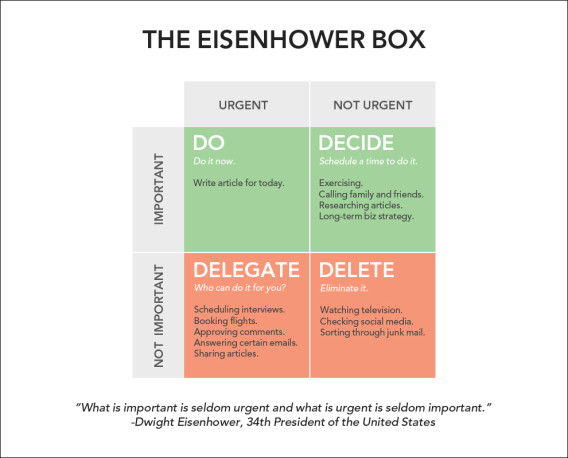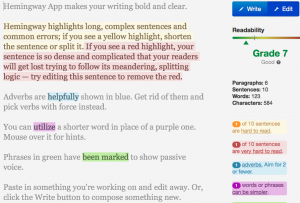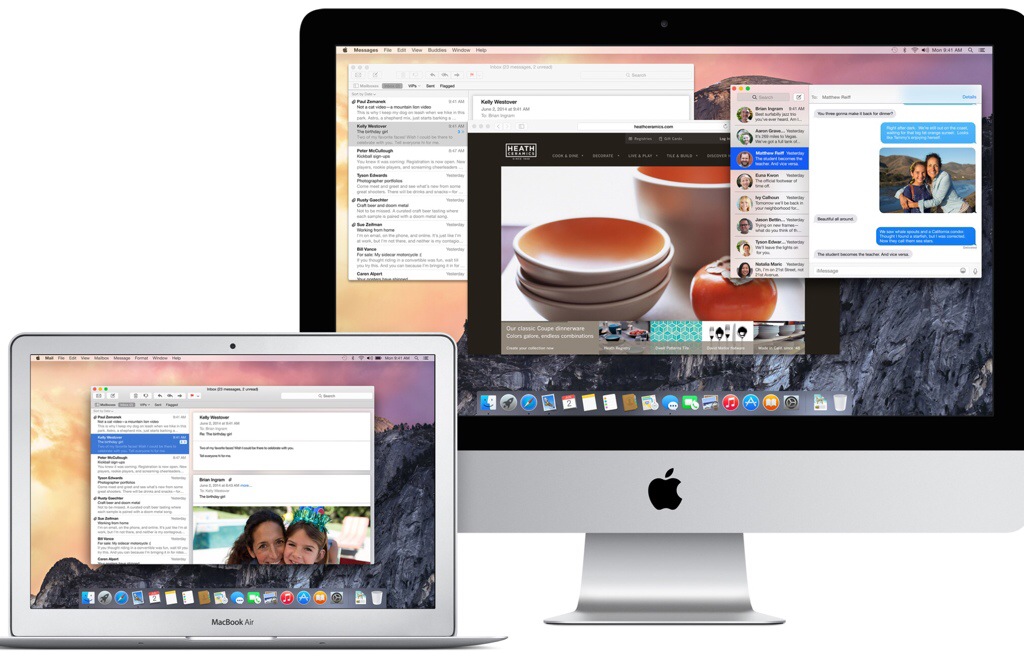Or they may be. O-kay. It comes down to specifically how noisy yours is and whether you also need silence in which to work. If you need silence and you’ve gone to a coffee shop, the best that can be said for you is that you’re thirsty.
That kills half this article from HomeOfficeHero.com: Working from coffee shops could be destroying your productivity – here’s why. The site takes a couple of research studies and reports:
What they found was pretty interesting: when ambient noise was set to 70 decibels — coincidentally, the same noise level found at an average coffee shop — participants performed about 35% better than those who worked in quieter settings.
So, theoretically, working from a coffee shop can help boost creative thinking. If your coffee shop is “average” when it comes to noise level.
But what about actual productivity?
First of all, in that same study, performance plummeted once the noise level reached 85 decibels.
85 decibels is about the same as hearing downtown traffic from inside of your car. So, not at all unreasonable for a particularly busy coffee shop.
Or, one with an army of super-duper-important business people talking loudly on their cell phones.
Conclusion: it’s up to you. Len says go to a library. It’s a good point. Read everything else in the full and long article.


